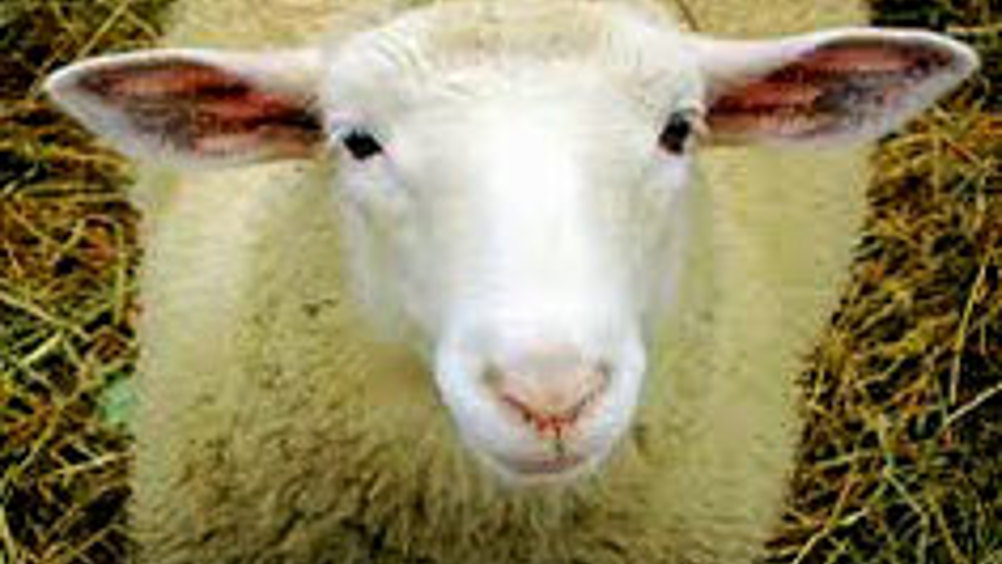Researcher eyes new means to test for disease in cattle
Fluorescence spectroscopy has been commonly used in a variety of applications, one of which is to screen carcasses for faecal contamination in real time at beef-processing plants in the US and France.

Now, Iowa State University researcher Jacob Petrich believes that the same technique, when used to examine the retina of cattle, could be used to determine whether they have been infected with neurological diseases such as transmissible spongiform encephalopathies (TSEs).
When Petrich used the fluorescence spectroscopy technique to compare the retinas from scrapie-positive sheep with scrapie-negative sheep, he observed distinct differences in the fluorescence intensity and spectroscopic signatures.
Earlier studies reported that lipofuscin, an intracellular fluorescent pigment, accumulates in the eyes of animals infected with such neurological diseases. Petrich and his team attribute the differences in the signatures from scrapie-positive retinas to the elevated levels of lipofuscin.
Petrich’s findings suggest that a device could be developed to quickly and non-invasively test for TSEs, which are progressive and fatal neurological diseases such as ’mad cow disease’ found in cattle and Creutzfeldt-Jakob disease in humans.
Petrich is now starting to develop a device that could be used in meat plants to test the retinas of animals for signs of such neurological diseases. He expects, however, that it will take several years to develop, build and test.
Register now to continue reading
Thanks for visiting The Engineer. You’ve now reached your monthly limit of news stories. Register for free to unlock unlimited access to all of our news coverage, as well as premium content including opinion, in-depth features and special reports.
Benefits of registering
-
In-depth insights and coverage of key emerging trends
-
Unrestricted access to special reports throughout the year
-
Daily technology news delivered straight to your inbox










Water Sector Talent Exodus Could Cripple The Sector
Well let´s do a little experiment. My last (10.4.25) half-yearly water/waste water bill from Severn Trent was £98.29. How much does not-for-profit Dŵr...